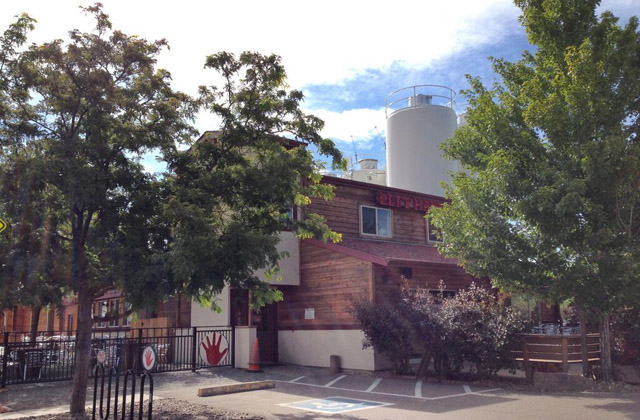
Left Hand Brewing’s Matt Thrall has been around barrels for quite a while and the veteran brewer is excited for the future with his newest project. The Longmont, Colorado brewery is creating a barrel room which will start with an initial 120 barrels to produce beer specifically for the barrels Thrall has sourced.
Now, this doesn’t mean that Left Hand, which is best known for its Milk Stout (about 60 percent of its sales), is going to just throw its flagship into an oak barrel and call it that. This program is about creativity.
“I like to think we don’t do it for other people, we do it for ourselves,” he said of his brew team.
Thrall did say that there have been barrels used in the past and brewers have called themselves a part of the “barrel team” even though there has not been an official barrel room on the Left Hand campus until now.
“We aren’t going to compete with people with extensive barrel programs or their whole brewery is founded on a barrel program,” he explained. “We are looking to flex our creative muscles as well. It’s a new avenue for us internally and it will be something for the regulars in the tasting room. They like seeing what we can do as well.”
This isn’t the first barrel program Thrall has helped put together. He was there is 2004 while working at Avery Brewing in Boulder, Colorado when the first four barrels showed up.
“Here I was, a brewer, calling up a vintner and asking if I could buy barrels from them, and they wouldn’t even believe you,” he recalled. “Then you had to work out shipping on your own.”
After those such interactions, Thrall oversaw for the next 11 years a program at Avery that now has 2,500 barrels in its program. He joined Left Hand in 2015 and is now overseeing the start of something near and dear to his heart. Wood. Glorious, alcohol-soaked wood.
He has found a spot on the brewery’s campus to create a humidity and temperature-controlled environment. The next step is starting to building beers for the barrels themselves. The waiting, they say, is the hardest part.
“If you are an impatient ale drinker this isn’t the program to get involved in,” he said with a laugh.
Thrall doesn’t expect anything to leave the brewery for at least two years … if at all. What he does hope to do is experiment with beer in wine barrels and make the barrel an ingredient and not just a vessel.
“Wine barrels. I like playing with them. I really do,” Thrall said. “Not that you can’t make a great beer in a Bourbon barrel. You can. I just think there is so many examples out there and I had more fun with wine because of the breadth of flavors and aroma in wine as compared to Bourbon. It’s got more depth.”
He said he would like to work with light beer styles inside big, heavy wine barrels.
“That seems like a lot of fun,” Thrall said. “Being that it’s a barrel, there isn’t going to be as much presence so you can overpower it quickly with a beer and I think it’s fun to play off the nuances of some lighter malts characteristics and allow the wine to shine through.
“It’s never been: Let’s brew something and put it in whatever we have. We use the barrel as an ingredient. You want to buy a bottle of the wine that was in there. Try it, talk about it and figure it out and use barrel not just as a reservoir, a passive ingredient, but as an active ingredient.”
Today starting a barrel program is easy to get started, Thrall said.
“It’s a buyer’s market now,” he said. “You can have whatever you want. Barrels from Portugal? You can call a broker and they can research it for you. You just have to put in a request and a down payment.”
Thrall said with abundant resources now, he could easily start the program at Left Hand. It wasn’t so much more than a decade ago at Avery.
“I learned things the hard way,” he admitted. “[I learned] cleaning the barrels, getting specialized barrel equipment, all that. You know, all the stuff that Vinnie [Cilurzo] talked about in “Toothpicks, Garlic and Chalk” (a 2010 panel Cilurzo hosted at the Craft Brewers Conference).”
The ease of working in barrels now because of so many ways to source the material can hurt in some aspects. Thrall cautioned that quality can suffer without a strong quality assurance/control front.
“Just because you put beer in a barrel, it doesn’t make it good,” he said. “Just barrel and no micro, you need someone there from the get go.”
Sensory is huge as well, especially in sours, wilds and Bretts.
“You have to be honest with yourself before you get it to the public, because the public will be honest with you,” he said. “Either vocally or through their dollars.”

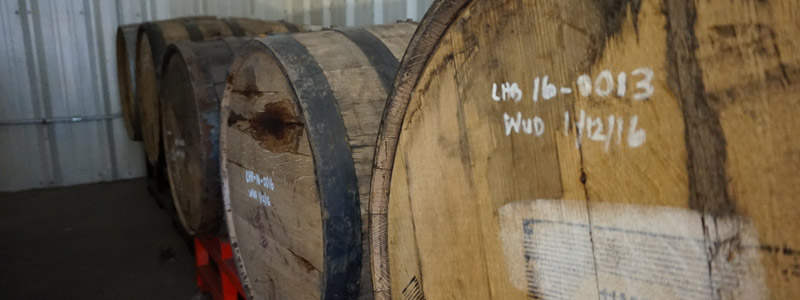
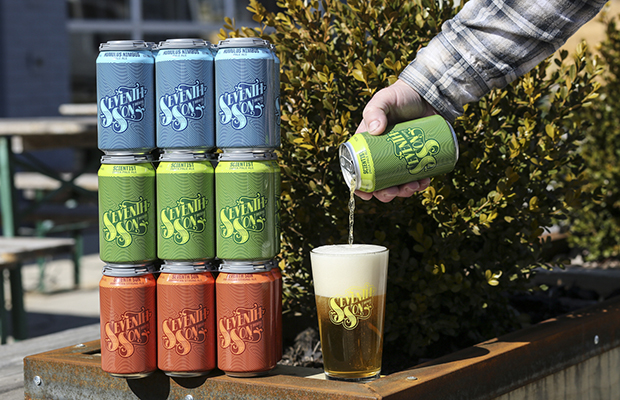
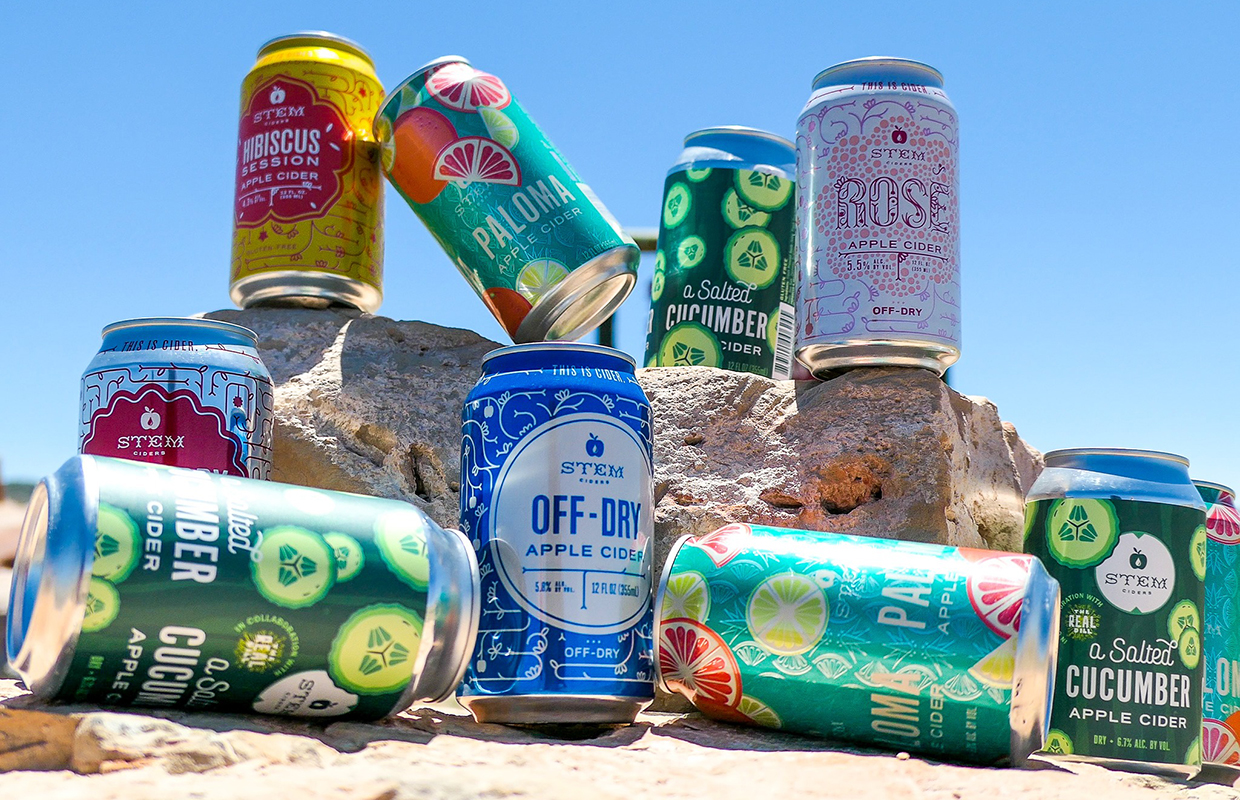
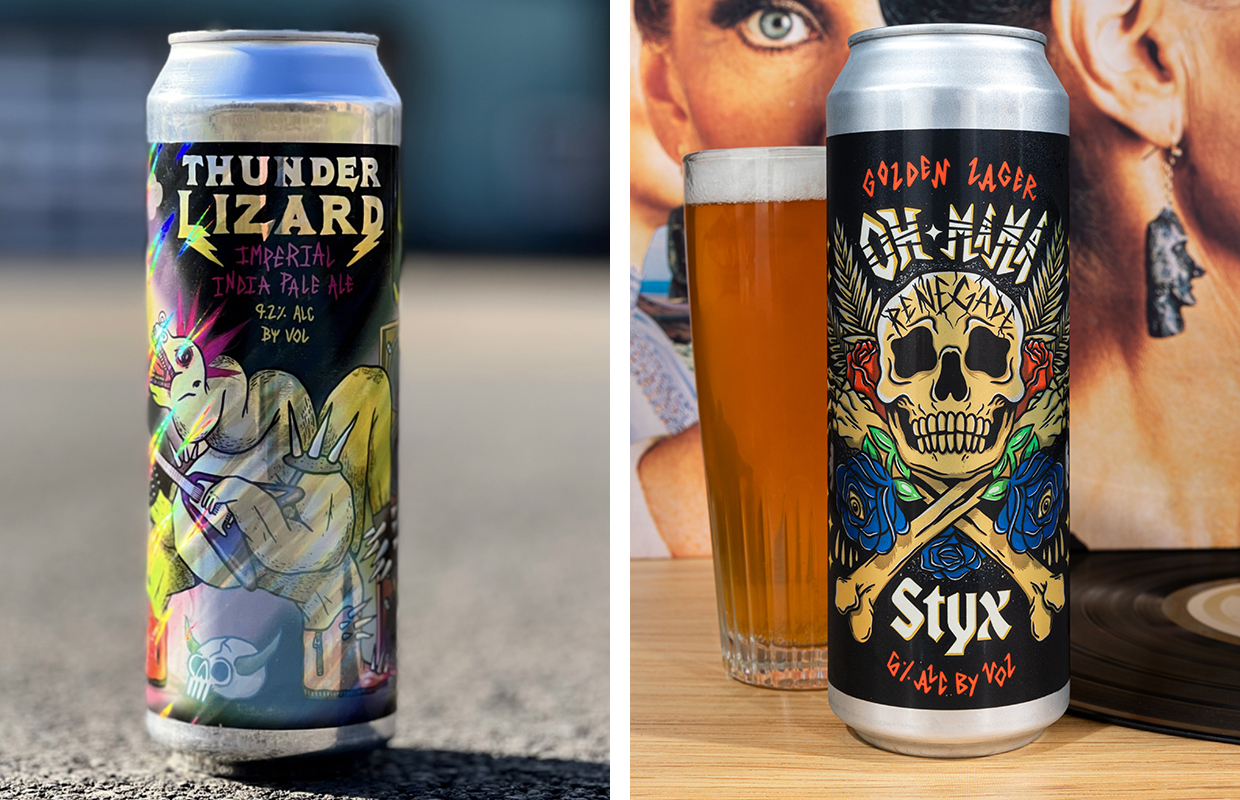
Be the first to comment